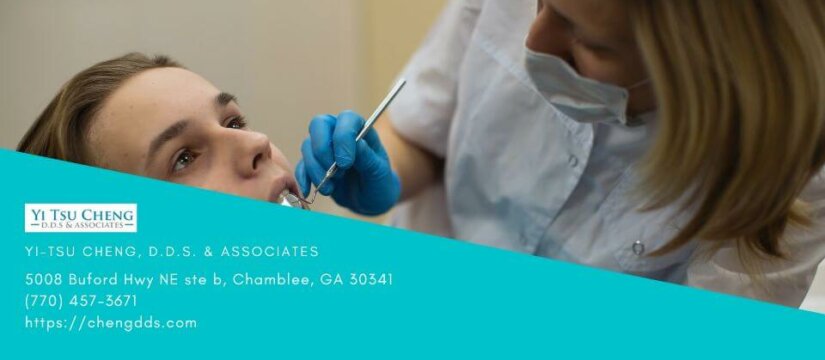
Infected Tooth Extraction Images
A tooth extraction, also known as a dental extraction, is a procedure that involves the removal of a tooth from its socket in the jaw bone. This procedure is usually necessary when a tooth is severely decayed, heavily damaged, or infected. In some cases, a tooth may need to be removed to make room for orthodontic treatment or to prevent overcrowding of the teeth.
Infected teeth can be particularly difficult and risky to remove, as the infection can spread to other areas of the mouth and cause more serious problems. Infected tooth extraction images can help to illustrate the process and potential risks associated with this procedure.
What is an Infected Tooth Extraction?
Infected tooth extraction is a procedure that involves the removal of a tooth that is infected with bacteria. The infection is caused by bacteria that have entered the tooth through a crack or cavity and have caused the area around the tooth to become inflamed and infected. The tooth must be removed to prevent the infection from spreading to other areas of the mouth.
During the procedure, the dentist will make an incision in the gums around the infected tooth to access the root of the tooth. The dentist will then use special tools to separate the tooth from its socket in the jaw bone and remove it from the mouth.
What are the Risks of Infected Tooth Extraction?
Infected tooth extraction is a relatively safe procedure. However, there are some potential risks associated with it. These include:
Infection:
The most common risk associated with infected tooth extraction is the risk of infection. Bacteria can enter the tooth through a crack or cavity and cause the area around the tooth to become inflamed and infected. If the infection is not treated promptly, it can spread to other mouth areas and cause more serious problems.
Damage to Surrounding Teeth:
Sometimes, the force to remove the infected tooth can damage the surrounding teeth. This can result in pain, sensitivity, and difficulty chewing.
Nerve Damage:
There is also a risk of nerve damage during an infected tooth extraction. This can cause numbness, tingling, or pain in the area of the extraction.
What are the Benefits of Infected Tooth Extraction?
Although risks are associated with infected tooth extraction, there are also benefits. These include:
Relief from Pain:
Removing an infected tooth can provide immediate relief from pain and discomfort. This is because the tooth is no longer inflamed, and the infection is no longer spreading.
Prevention of Further Damage:
Removing an infected tooth can also prevent further damage to the tooth and surrounding teeth. This can help to reduce the risk of infection and other complications.
Improvement in Oral Health:
Finally, removing an infected tooth can also help to improve your overall oral health. This is because the infection is no longer present, and the risk of spreading to other areas of the mouth is reduced.
FAQs
What are the risks of infected tooth extraction?
The most common risks associated with infected tooth extraction are infection, damage to surrounding teeth, and nerve damage.
Is infected tooth extraction painful?
Infected tooth extraction can be painful. However, the pain is usually manageable. Your dentist can provide medication to help reduce the pain and discomfort associated with the procedure.
What are the benefits of infected tooth extraction?
The benefits of infected tooth extraction include relief from pain, prevention of further damage, and improvement in oral health.
Conclusion
Infected tooth extraction is a procedure that involves the removal of a tooth that is infected with bacteria. This procedure can relieve pain, prevent further damage, and improve oral health. However, there are risks associated with the procedure, such as infection, damage to surrounding teeth, and nerve damage. Infected tooth extraction images can help to illustrate the process and potential risks associated with this procedure.
DISCLAIMER: The advice offered is intended to be informational only and generic. It does not offer a definitive diagnosis or specific treatment recommendations for your situation. Any advice provided is no substitute for proper evaluation and care by a qualified dentist.
